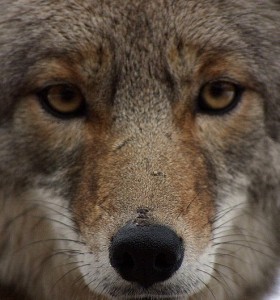![]() Back in November, a fellow hunter and I talked about an essay he’d written. In it, he described stumbling onto a deer that had been wounded by someone else. When the piece was published, he heard from some disgruntled hunters. They didn’t like seeing that kind of story in print.
Back in November, a fellow hunter and I talked about an essay he’d written. In it, he described stumbling onto a deer that had been wounded by someone else. When the piece was published, he heard from some disgruntled hunters. They didn’t like seeing that kind of story in print.
A couple months later, I was at a public hearing about hunting. During it, a woman voiced concerns about the wounding and loss of deer and moose in archery seasons. When she spoke, disgruntled hunters started muttering loudly. They didn’t like hearing that kind of talk.
A month after that, a filmmaker and I talked about a film she’d made. In it, she showed several hunting scenes, including one where the animal did not go down with the first shot. When the film was shown, she heard from some disgruntled hunters. They didn’t like seeing that kind of story on screen.
I wonder how such disgruntlement sounds to the non-hunting majority. Does it sound like these hunters don’t care about the wounding of animals? Does it sound like they’re trying to hide or minimize something?
It’s not as though wounding is any secret. Hunters have written entire books on how to find wounded animals. Wildlife biologists have done studies on wounding-and-loss rates. You can find discussion threads about wounding on hunting and anti-hunting websites alike.
I also wonder:
- Do hunters dislike the public dissemination of stories about wounded animals mostly because they fear it will harm hunting’s public image?
- Or does their discomfort also stem from being reminded that hunting can be messy, that it is not always the clean-killing endeavor we wish it was?
I once saw a broadhead buried in a deer’s skull. The animal apparently survived that way for a year or more.
I once heard a hunter describe a gruesome picture caught by his trail camera: a buck with leg muscles torn apart, presumably by a rifle bullet. He grimaced and shook his head. He doubted the animal would survive.
Do I like seeing such things, or hearing such stories? Hell, no. They make me queasy.
But I think it’s a good kind of queasy. It’s the kind that makes me careful.
© 2011 Tovar Cerulli

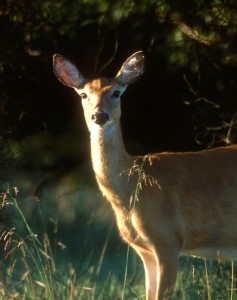
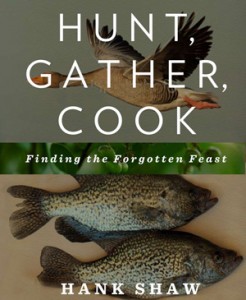
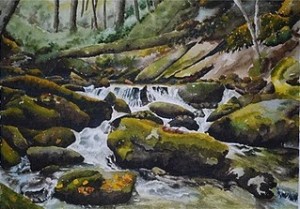
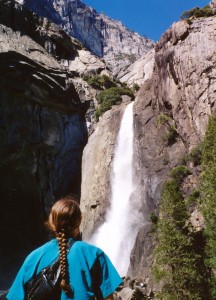 “Words of wisdom for vegans from hunters” – Hmmm. Unlike most of the other Googlers above, you might actually have come to the right place.
“Words of wisdom for vegans from hunters” – Hmmm. Unlike most of the other Googlers above, you might actually have come to the right place.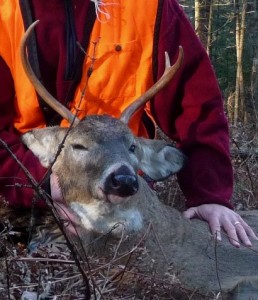 Don’t try too hard, some folks say. Desperation can drive the deer away. The less you expect, the more animals you see.
Don’t try too hard, some folks say. Desperation can drive the deer away. The less you expect, the more animals you see.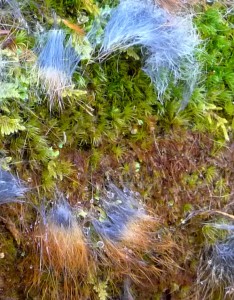 Crouching beside him, I offered thanks and apology—poor compensation for what I had taken—and thought how strange this brief hunt had been. In years past, I had never even seen a buck on opening day.
Crouching beside him, I offered thanks and apology—poor compensation for what I had taken—and thought how strange this brief hunt had been. In years past, I had never even seen a buck on opening day.